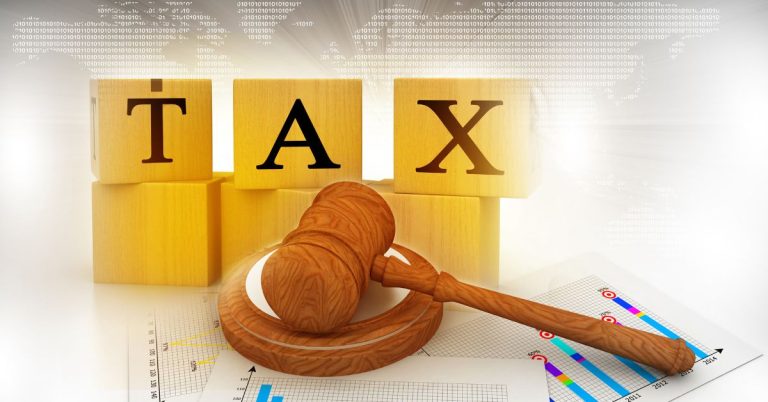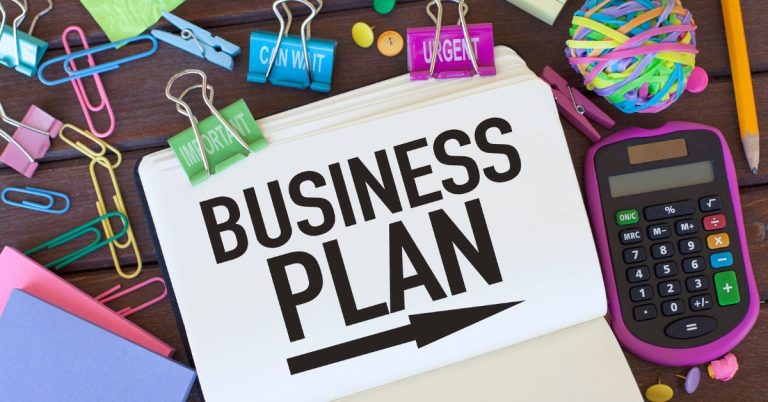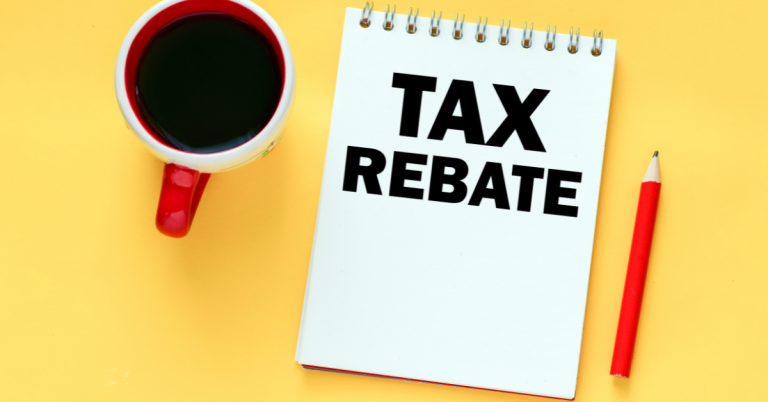Choosing a Name for Your Limited Company: Guidelines
A company name must be distinctive and memorable. This is why it is important to choose one that does not infringe someone else’s intellectual property rights. If you are considering registering a trade mark, make sure that the name you use is different from those already registered.
If you want to start trading under your own name, you will need to apply for registration. You can do this online via Companies House. Or, if you prefer, you can contact us to find out how we can help you set up a private limited company.
You will need to provide information about yourself, including your address and telephone number. We will check whether there is anything similar to your proposed company name already registered. If there is, we will let you know what action needs to be taken.
Once you have been granted permission to use your chosen company name, you can begin trading.

‘Same as’ names
A ‘same as’ name is one where the name you choose is identical to another existing brand name. If you want to avoid confusion, it’s best to use a different name altogether. Although there are many benefits to choosing a unique name, some brands find it difficult to differentiate themselves from competitors using a similar name.
The most common reason why businesses opt for a same as name is because they don’t want to spend money on legal fees. But even though the costs associated with trademarking a name are relatively low, it’s still worth considering whether you really need to protect your brand.
‘Too like’ names
The term “too like” refers to situations where businesses use the same name for multiple products or services. This happens because some people confuse the brand identity of one product with another. For example, you might think that a restaurant called Too Like Home is owned by the same person who owns a home improvement store called Home Depot. But it isn’t. In fact, both stores are separate brands.
There are three ways to avoid “too like’ issues:
1. Use different names for every product or service.
2. Ensure there is enough space between products or services.
3. Avoid using too many letters or numbers in the name. If possible, try avoiding words that start with the letter “I.”
If you’re having trouble coming up with unique names, consider naming your products or services based on what they do rather than how they look. For example, if you sell custom furniture, don’t call yourself Furniture Store; call yourself Custom Furniture Company. Or if you make dog food, don’t call yourself Dog Food Factory; call yourself Pet Nutrition Company.
Other rules
Company Names – Company names must not contain any trademarked material or other protected material. For example, you cannot use “Google”, “Apple”, “Microsoft”, “Facebook”, “Amazon”, “Twitter”, “Yahoo”, “IBM”, “Intel”, “Samsung”, etc.
Trademarks – You cannot use any registered trademarks belonging to another company. This includes brands such as Coca Cola, McDonalds, Nike, Adidas, Apple, Microsoft, Samsung, Facebook, Amazon, Twitter, Yahoo, IBM, Intel, etc.
Trade Marks – You cannot use any unregistered trademarks belonging to another company without permission. If you want to use a trademark owned by someone else, you must apply for registration with the UK Intellectual Property Office.
Registered Designs – You cannot use any designs that are registered with the Design Council. These include logos, slogans, mascots, emblems, symbols, and signs.
Unregistered Designs – You cannot use anything that is not registered with the Design Council unless it is being used in connection with a product or service that is already registered with the council.
Incorporation – You cannot incorporate under a different name unless there is good reason to do so. There are exceptions to this rule.
Categories – You cannot put a category in the name of a company. For example, you could call your company “The Internet Marketing Agency”. However, you cannot call it “Internet Marketing Agency Ltd.” because this is misleading.
Trading names
If you are planning to start up a business, one thing you might want to think about is how to name your business. A common mistake people make is naming their businesses the same as an already registered trademark. This is called trading names.
When someone registers a trademark, they do not register the entire word. They register just the part that makes up the brand name. For example, if I wanted to register my business name as “The Big Apple”, I would register the phrase “Big Apple”. But if I wanted to register the name “Apple Pie”, I would not be able to because there is already a registered trademark for that.
So what happens if you use a trademarked term in your business name? You could end up infringing upon the owner’s trademark rights.
This is why it is important to check whether a particular term is protected by a registered trademark. There are many online tools that allow you to find out if a certain term is a trademark. One such tool is www.trademarkia.com.
There are some terms that are considered generic. These are terms that describe something without having anything specific attached to it. For example, we say things like “a cup of coffee” or “an apple pie.” We don’t mean anything specific when we say those things. So, even though we know that a cup of coffee contains coffee, we still call it a “cup of coffee”. Similarly, we call an apple pie “apple pie” even though we know that apples are used in making pies.
However, there are other terms that are considered to be trademarks. These are terms that have been established as unique identifiers for a particular product or service. For example, we call a car “Ford” or “Honda”. We know that Ford cars are manufactured by Ford Motor Co., while Honda cars are produced by Honda Motor Co. Ltd. In addition, we know that both companies produce different types of vehicles.
In short, trademarks are words, phrases, symbols, designs, colors, sounds, images, etc. that identify products or services. When a person registers a trademark, they are claiming ownership over that mark.
Displaying your name
You might think that being named after yourself is a good thing – especially if you’re a celebrity or a well known brand. But what happens if you’re just starting out in business? You could find yourself struggling to make a name for yourself, because no one knows how to pronounce your name. Or worse still, people might start calling you something completely different to your actual name.
So what do you do? Well, you can always choose a different name altogether, but that doesn’t help anyone know how to spell it. So here’s our guide to choosing a great name for your business.
When you do not have to use ‘limited’ in your company name
Companies that are registered charities or are limited by guarantee can omit the word “limited” in their company name. However, there are exceptions. For example, if a company is registered as a charity, it cannot use the term “charity”, even if it is a charitable corporation. If a company is limited by guarantee, it cannot use the phrase “by guarantee”. This includes the words “limited liability”, “limited partnership”, “limited company”, “limited liability company” and “limited partnership.”
Frequently Asked Questions
When must I supply a SIC code?
The requirement to supply a SIN (Standard Industrial Classification) Code (also known as a SIC code) during the company formation process came into effect on 30th June 2016, replacing the previous system where businesses had to state what they did on their first annual return.
Prior to this date, businesses provided this information on their initial registration form (now called a confirmation statement), and when registering for Value Added Tax (VAT).
Companies are required to confirm or update their SIC code on their confirmation statements every year. This includes updating your SIC code if it changes due to mergers, acquisitions, name changes etc.
Your SIC code, along other key company data such as directors, shareholders, address, contact details and bank account details, will be displayed publicly on the Register of Companies.
How many different SIC codes may a business have?
The International Standards Organization (ISO) publishes standards for classifying businesses into one of 18 categories. These are known as standard industrial classification (SIC) codes. Each SIC code represents a specific type of industry. For example, there is a single SIC code for “Printing.”
Most companies use just one SIC code for their business. However, some companies may choose to list several different SIC codes to better reflect their business activities. A company could list both “Printing” and “Publishing,” for instance. If a company lists multiple SIC codes, it must provide a description of each code.






